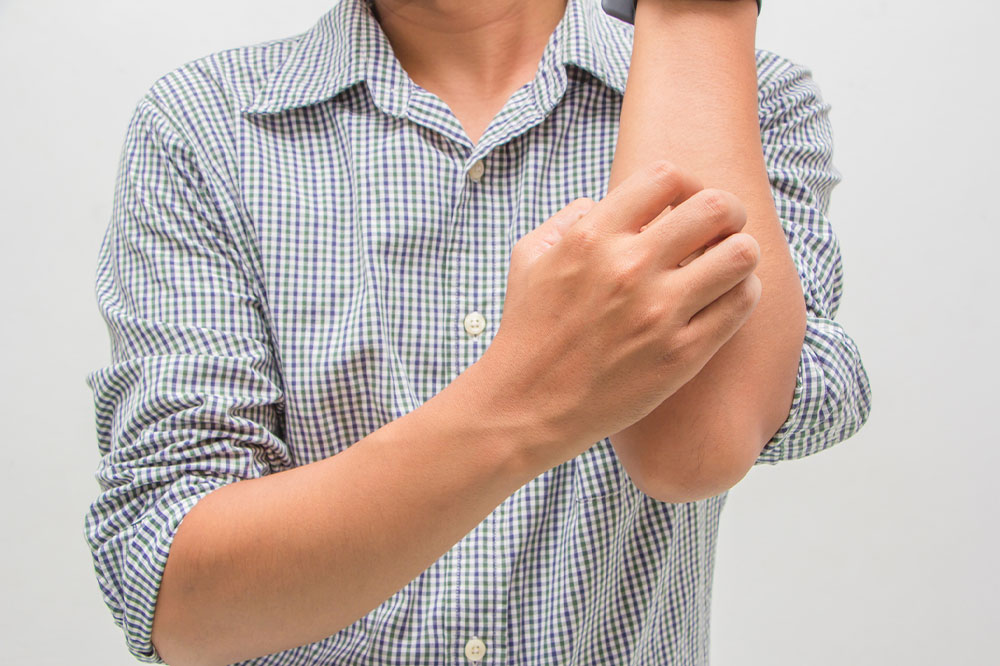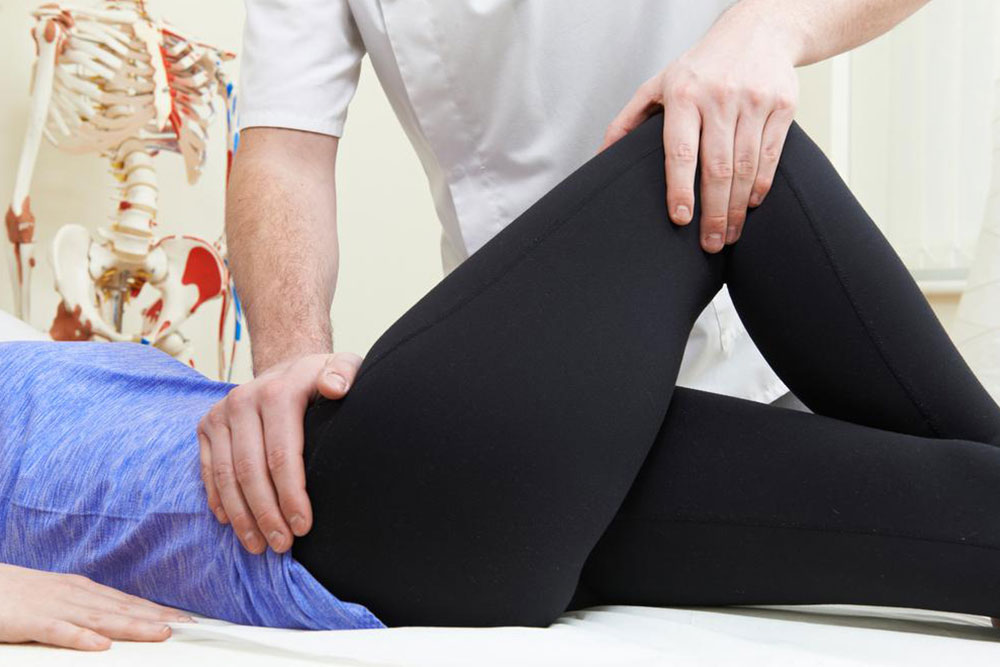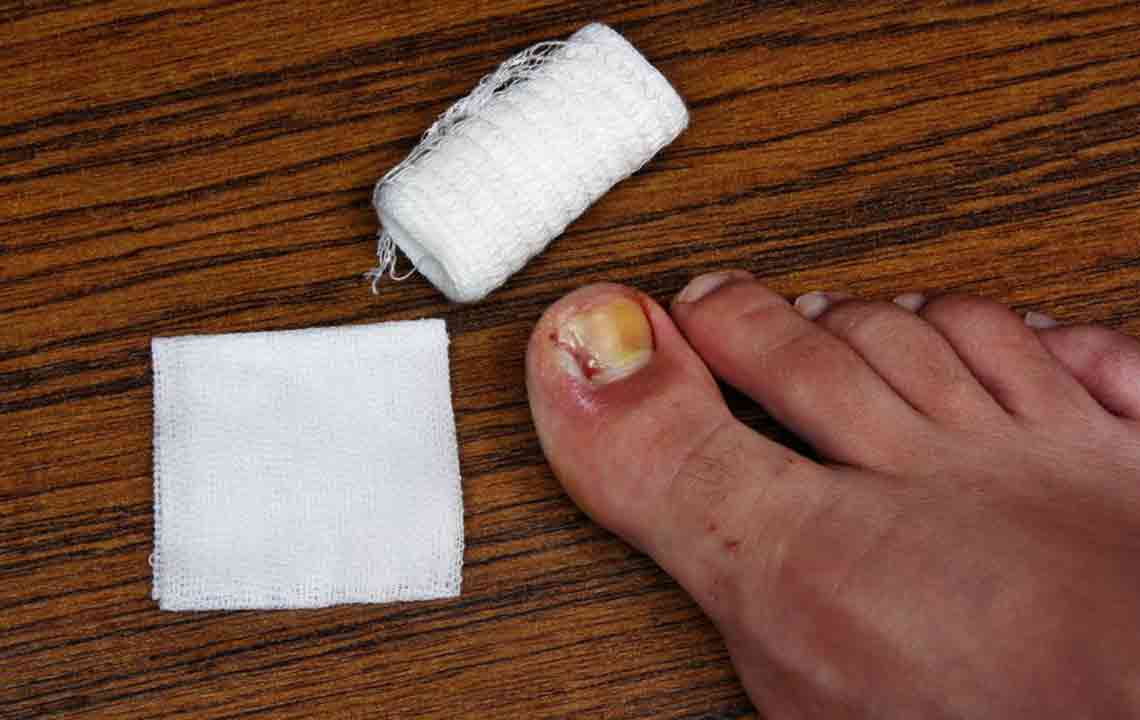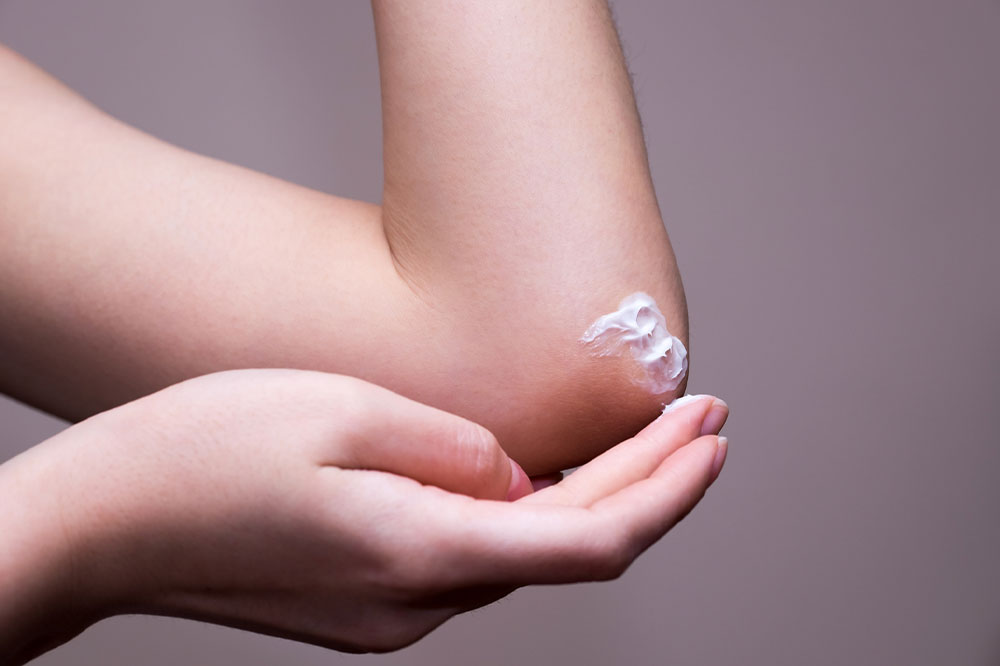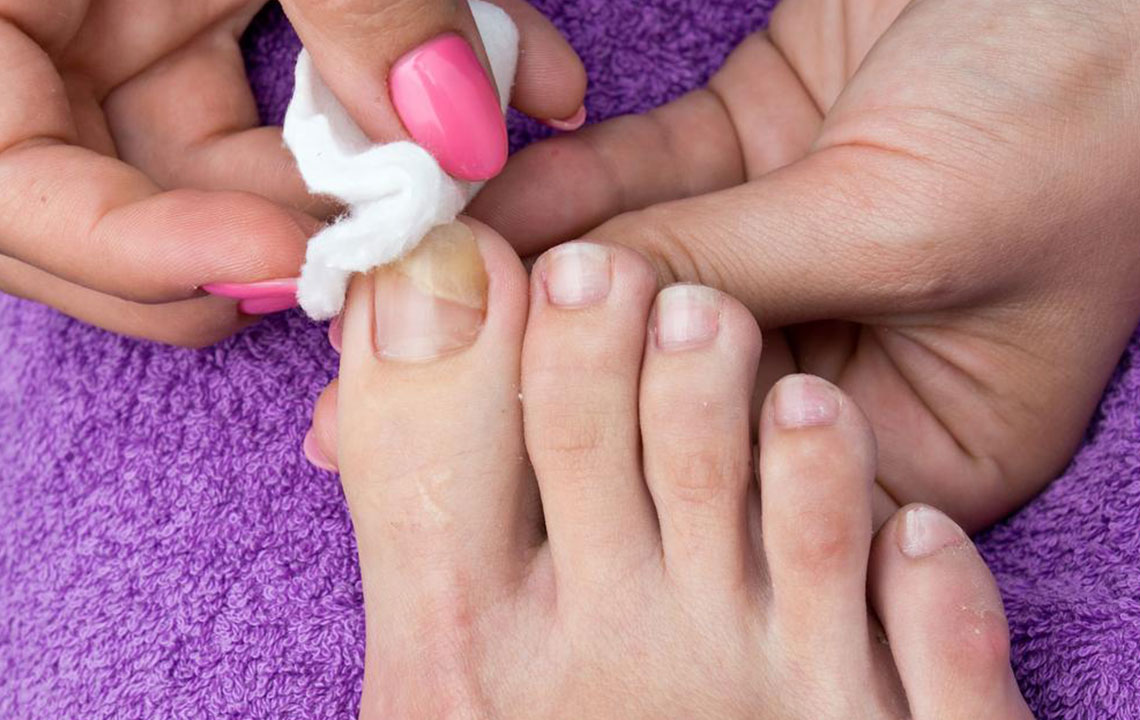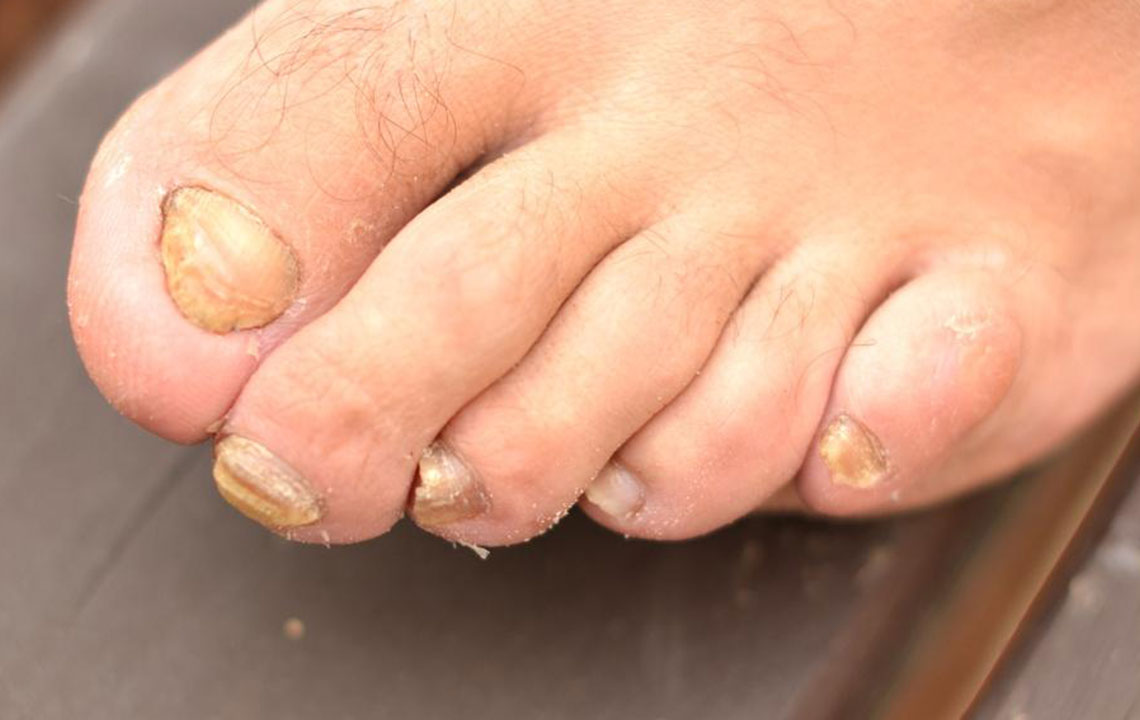Comprehensive Guide to Female Jock Itch: Causes, Types, and Prevention Strategies
Female jock itch, or tinea cruris, is a common fungal skin infection affecting the groin area. It thrives in warm, humid environments and can spread through contaminated clothing or surfaces. Proper hygiene, breathable clothing, and prompt treatment are essential for prevention and relief. Understand the causes, types, and preventive strategies to manage this condition effectively and reduce recurrence. Consulting a dermatologist is recommended for persistent symptoms to ensure proper diagnosis and treatment. This comprehensive guide aims to increase awareness and offer practical tips for women affected by female jock itch.

Comprehensive Guide to Female Jock Itch: Causes, Types, and Prevention Strategies
Female jock itch, medically referred to as tinea cruris, is a common fungal infection that predominantly affects women, particularly in the groin and inner thigh regions. While often associated with men, women are equally susceptible to this condition, especially under certain environmental and personal hygiene circumstances. Understanding the causes, symptoms, variations, and preventive measures is essential for effective management and to reduce the risk of recurrence.
Understanding the Root Causes of Female Jock Itch
The primary factor behind the development of female jock itch is the presence of a warm, humid environment in the groin area, which provides an ideal breeding ground for fungi. The skin folds in this region trap sweat and moisture, creating a moist and dark microenvironment that facilitates fungal growth. Several behavioral and environmental factors contribute to this condition:
The natural anatomy of the female groin area, with its skin folds, predisposes it to moisture retention and fungal proliferation.
Engaging in physical activities or workouts without proper hygiene can increase sweat and moisture, raising the risk.
Use of tight-fitting or non-breathable clothing, especially synthetic fabrics, exacerbates heat and moisture buildup.
Exposure to contaminated surfaces such as shared gym locker rooms, swimming pools, and communal showers can promote transmission of fungal spores.
The transmission of fungi responsible for jock itch primarily occurs through contact with contaminated surfaces, clothing, or skin. In addition, the sharing of personal items such as towels or underwear can facilitate spread among women.
Ensuring proper hygiene is crucial. Regularly showering, thoroughly drying the groin area, and wearing clean, breathable underwear help prevent fungal growth.
Opt for cotton underwear and loose-fitting clothes to facilitate airflow and reduce moisture retention.
Immediately change out of sweaty clothes following workouts or swimming sessions to minimize dampness.
Avoid sharing towels, underwear, or athletic gear to prevent cross-infection.
Different Types of Female Jock Itch and Similar Skin Conditions
Tinea cruris: The classic fungal infection also known as jock itch or crotch rot, characterized by itchy, red, and ring-shaped rashes.
Atopic dermatitis: Commonly called eczema, this condition causes dry, itchy, and inflamed skin due to allergic hypersensitivity.
Inverse psoriasis: A chronic inflammatory skin disorder that presents as bright red, shiny, and smooth plaques, often mistaken for fungal infections.
Heat rash: Results from blocked sweat glands leading to sweat accumulation under the skin, causing red bumps and irritation.
Contact dermatitis: An allergic reaction triggered by fabrics, chemicals, soaps, or topical products applied to the groin area, resulting in itching, rashes, and sometimes blisters.
Persistent or worsening symptoms should prompt consultation with a dermatologist to confirm the diagnosis and initiate appropriate treatment plans. Effective management involves antifungal medications, maintaining good hygiene, and avoiding irritants.
Understanding the intricacies of female jock itch helps in early recognition and effective treatment, reducing discomfort and preventing recurrence. Awareness about personal hygiene, environmental factors, and prompt medical advice are key components in managing this common, yet often misunderstood skin condition.
